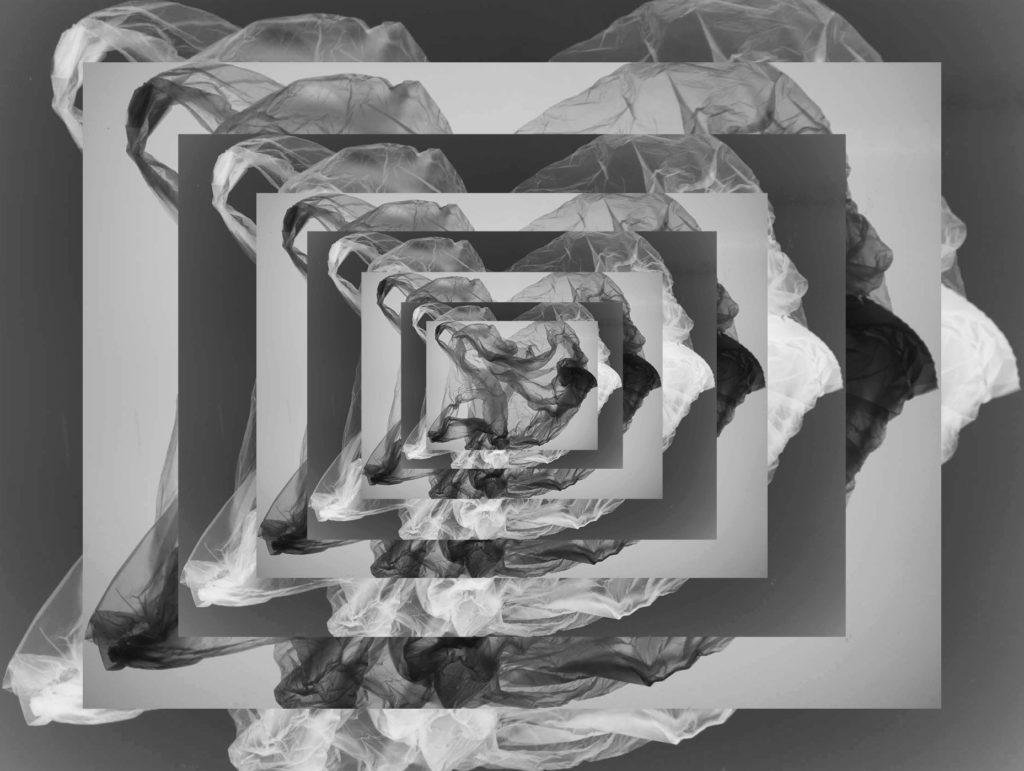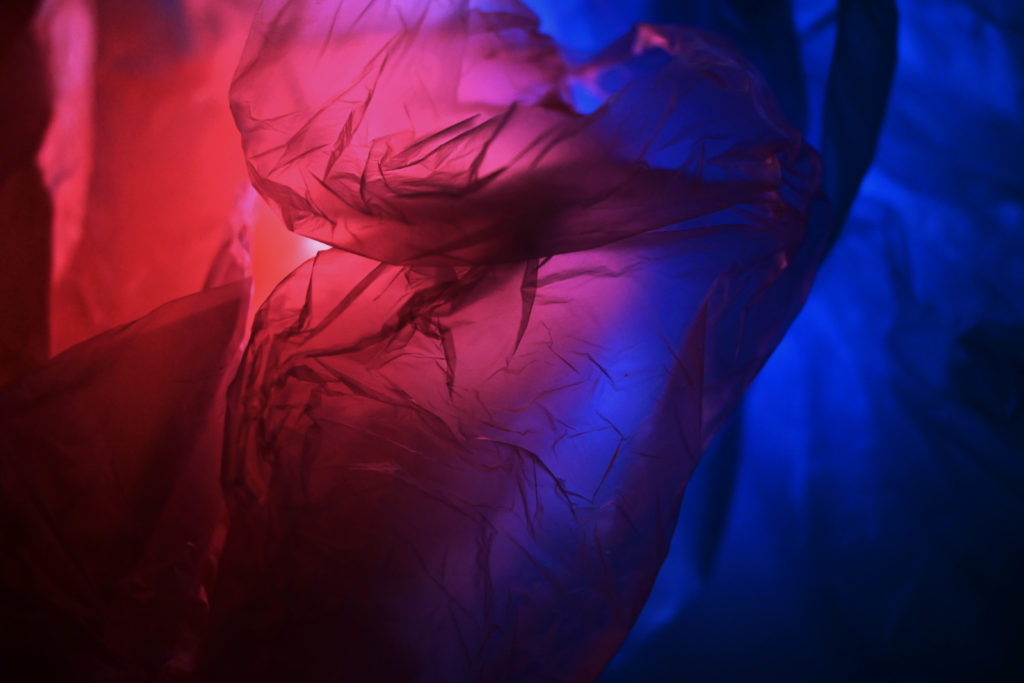What themes inspired me and I enjoyed the most throughout my studies –
What is Anthropocene?
Anthropocene comes from the Greek term “Anthropo” which means ‘human’ and “cene” which means ‘new’, this definition stands for how humans have impacted the earth in ways that are irreversible to the ecosystems, environment, biodiversity, etc. This impact is amplified through carbon dioxide emissions, ocean acidification, habitat destruction, etc which have accelerated quickly in the past 60 years and continues to do so yet others argue that there still are not enough indicators to declare a new geographical epoch. A ‘geographical epoch’ is used by Earth Scientists to indicate the time scale of geology and the periods which we have gone through, such as: Palaeocene, Eocene, Oligocene, Miocene, Pliocene, Pleistocene and Holocene. As of now, we are currently in the period known as “The Great Acceleration” due to the quick pace of modifications humans have made to the earth already.
What/who did I study?
For my Anthropocene project, I decided to study ‘Plastic Pollution’ and the photographers who explored this subject within Anthropocene that I chose to do a case study on and explore further were Naomi White and Vilde Rolfsen. This was because I favoured how they explored the topic of ‘Plastic pollution’ through their photography where they used plastic bags. I thought that this was a unique and creative way to raise awareness of how plastic is detrimental to the environment as you can use plastic bags in many ways to create different shapes, objects, animals etc. I really enjoyed studying these two photographers and creating work that has been influenced by them which raises awareness of plastic pollution.


What is urban photography?
Urban Photography means the study of industrial areas such as factories/sites where goods are manufactured, finance areas such as offices, overlooking areas of a town/city, etc. This theme can also be linked into ‘Street photography’ as the photographs can vary from looking in depth to the creation and formation of the buildings, a general overview from above, capturing cars/cans/trucks/etc in motion and it can be taken at any time of day. This type of photography records the study of everyone’s day to day life, capturing candid photos of people working or carry out plans which they have for the day, with or without their knowledge instead of having them posing. This is because it can make the photo looked staged and gets rid of the realistic and candid nature of the photo, which photographers want to capture of the people and their surroundings.
What/who did I study?
For my Urban photography project, I began by looking into ‘The New Topographics’ which explores a group of 10 photographers who experimented with a new and different type of photography in the 1970s. This photographic style consisted of urban photos of buildings or other man made creations and giving them a simple aesthetic of black and white. This study was helpful as it introduced me into Urban photography, where I then went further and developed case studies of Rut Blees Luxemburg, Charles Sheeler and Keld Helmer-Petersen who I used for reference as inspiration for my photoshoots which I then carried out later on, as well as adapting to their unique editing styles.


My least successful outcomes –

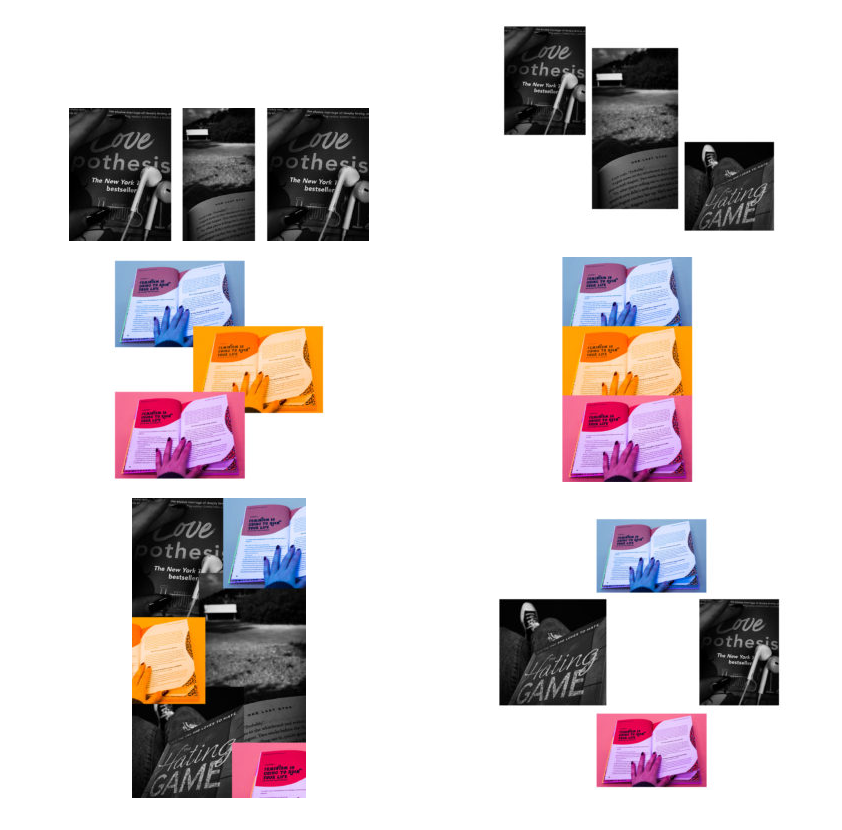
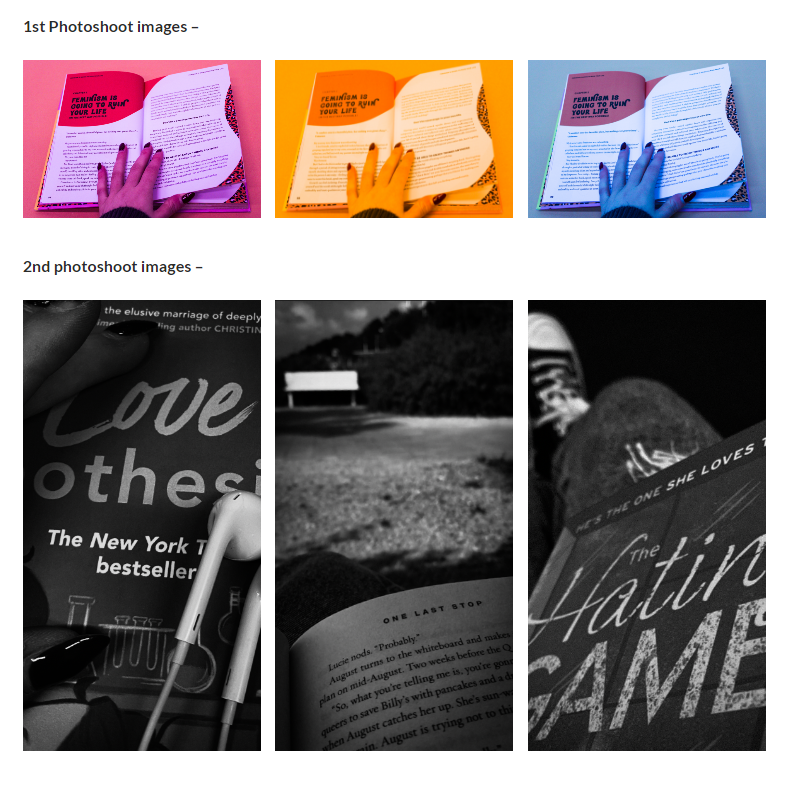
For my Identity project, which I decided to be my least successful work which I have created, I focussed on a hobby of mine which is reading and what this meant to me. I decided to take photos of myself in various locations reading different books, with a larger focus on books that explored feminism and a women’s role in society. The photographers which I studied consisted of Henry Hargreaves, who had a project which had a colourful and bright style of photographing different books which I liked and wanted to use as reference for my photoshoots, and Andy Warhol, who’s work I used as inspiration for the bright filtered photos. For this project, if I were to do it again I would carry out more photoshoots as I had a small amount of photos to work with which gave me a small amount of successful final outcomes to use. I also would go back and experiment with different editing and presentations of my work at a greater level as I didn’t have many final outcomes to work with.
My most successful outcomes –

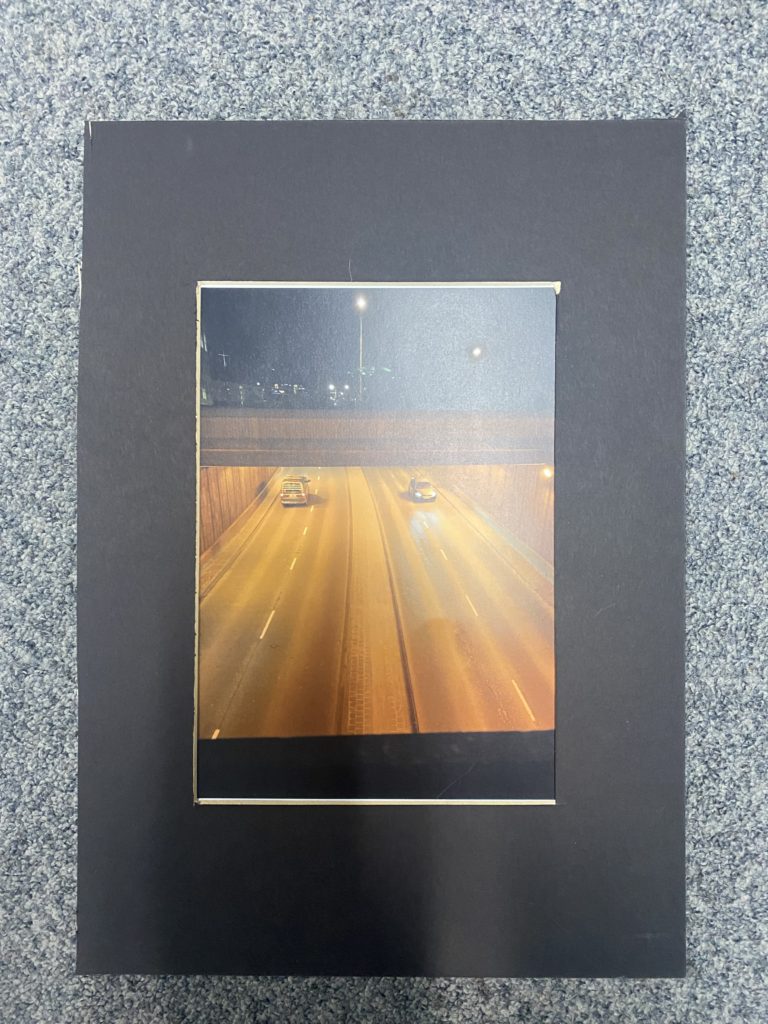
For my Urban project, which I decided to be my most successful work which I have created, I focussed on the construction and formations of office buildings and other industrial areas such as the underpass in Jersey which is near the financial area of St. Helier. I was really happy with each of these outcomes, the one on the left I turned into black and white and cropped it in photoshop where it was then printed and framed by hand. I think that this photo shows the unifromed structure of the buildings in the financial distruct of Jersey but it is also being disrupted by this crane, yet it almost fits in due to the straight lines which it posseses. The other photo, I followed the same process and made the photos warmer instead for their filters, this was because the underpass already carries a warm glow to it which I wanted to enhance and I liked how I was able t capture two cars travelling opposite ways in the same position in the photograph and I think that it stands out well against the black frame.

